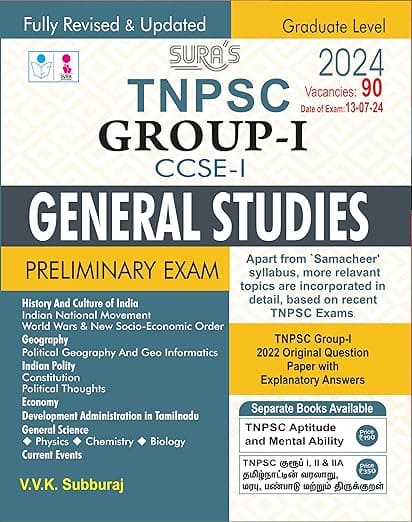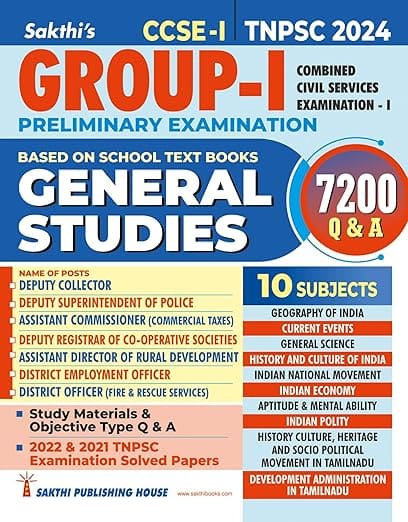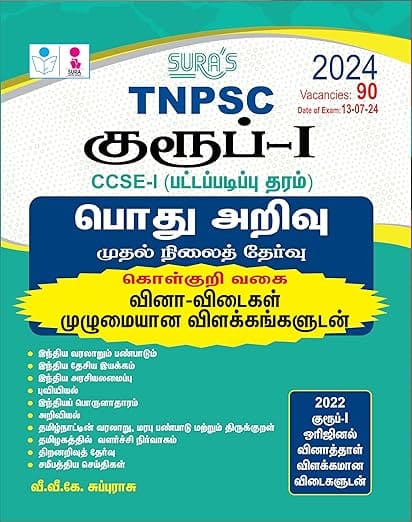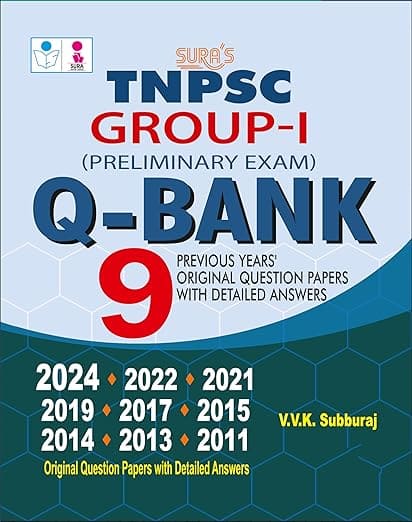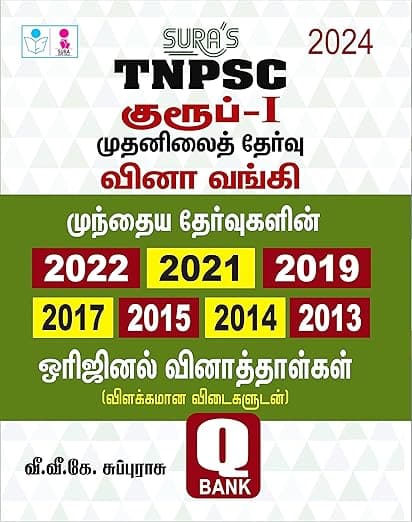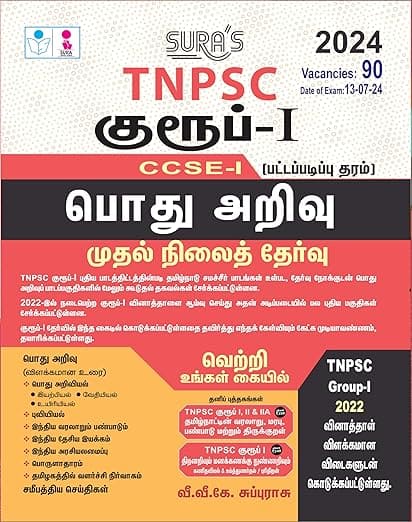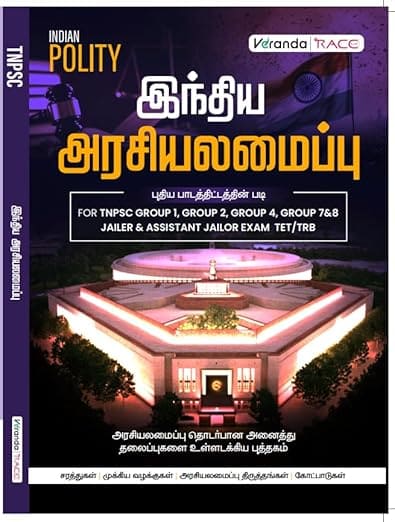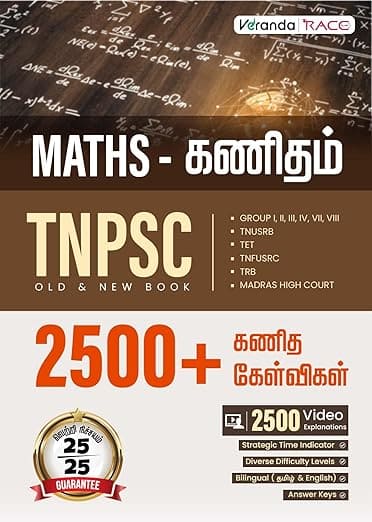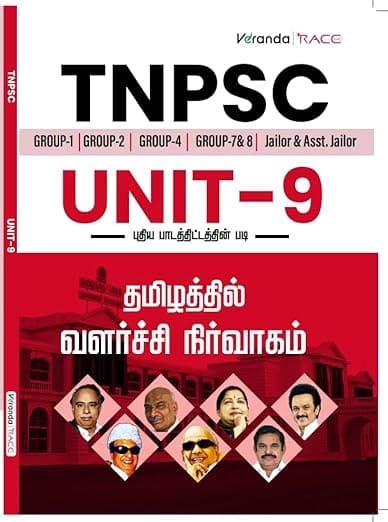Police System
- Watchmen, generally the Mahars, were employed in every village.
- But whenever crime was on the rise, government sent forces from the irregular infantry to control crimes.
- The residents of the disturbed area had to pay an additional house tax to meet the expenditure arising out of maintaining these armed forces.
- Baji Rao II appointed additional police officers to detect and seize offenders.
- In the urban areas, magisterial and police powers were given to the Kotwal.
- Their additional duties were to monitor the prices, take a census of the inhabitants, conduct trials on civil cases, supply labour to the government and levy fees from the professional duties given to the Nagarka or police superintendent.
Judicial System
- The Judicial System was very imperfect.
- There was no codified law.
- There were no rules of procedure.
- Arbitration was given high priority.
- If it failed, then the case was transferred for decision to a panchayat appointed by the Patel in the village and by the leading merchants in towns.
- The panchayat was a powerful institution.
- Re-trial also took place. Appeals were made to the Mamlatdar.
- In criminal cases there was a hierarchy of the judicial officers.
- At the top was the Raja Chhatrapati and below him were the Peshwa, Deputy Subahdar, the Mamlatdar and the Patel.
- Flogging and torture were inflicted to extort confession.
Army
- The Maratha military system under the Peshwas was modelled on the Mughal military system.
- The mode of recruitment, payment of salaries, provisions for the families of the soldiers, and the importance given to the cavalry showed a strong resemblance to the Mughal military system.
- The Peshwas gave up the notable features of the military system followed under Shivaji.
- Shivaji had recruited soldiers locally from Maratha region.
- But the Peshwas drafted soldiers from all parts of India and from all social groups.
- The army had Arabs, Abyssinians, Rajputs, Rohillas and Sikhs.
- The Peshwa’s army comprised mercenaries of the feudal chieftains.
- As the fiefs of the rival chiefs were in the same area, there were lots of internal disputes.
- It affected the solidarity of the people of the Maratha state.
Cavalry
- The cavalry was naturally the main strength of the Maratha army.
- Every jagirdar had to bring a stipulated number of horsemen for a general muster, every year.
- The horsemen were divided into three classes based on the quality of the horses they kept.
Infantry and Artillery
- The Marathas preferred to serve in the cavalry.
- So men for infantry were recruited from other parts of the country.
- The Arabs, Rohillas, Sikhs and Sindhis in the Maratha infantry were paid a higher salary compared to the Maratha soldiers.
- The Maratha artillery was manned mostly by the Portuguese and Indian Christians.
- Later on, the English were also recruited.
Navy
- The Maratha navy was built for the purpose of guarding the Maratha ports, thereby checking piracy, and collecting customs duties from the incoming and outgoing ships.
- Balaji Vishwanath built naval bases at Konkan, Khanderi and Vijayadurg.
- Dockyard facilities were also developed.

